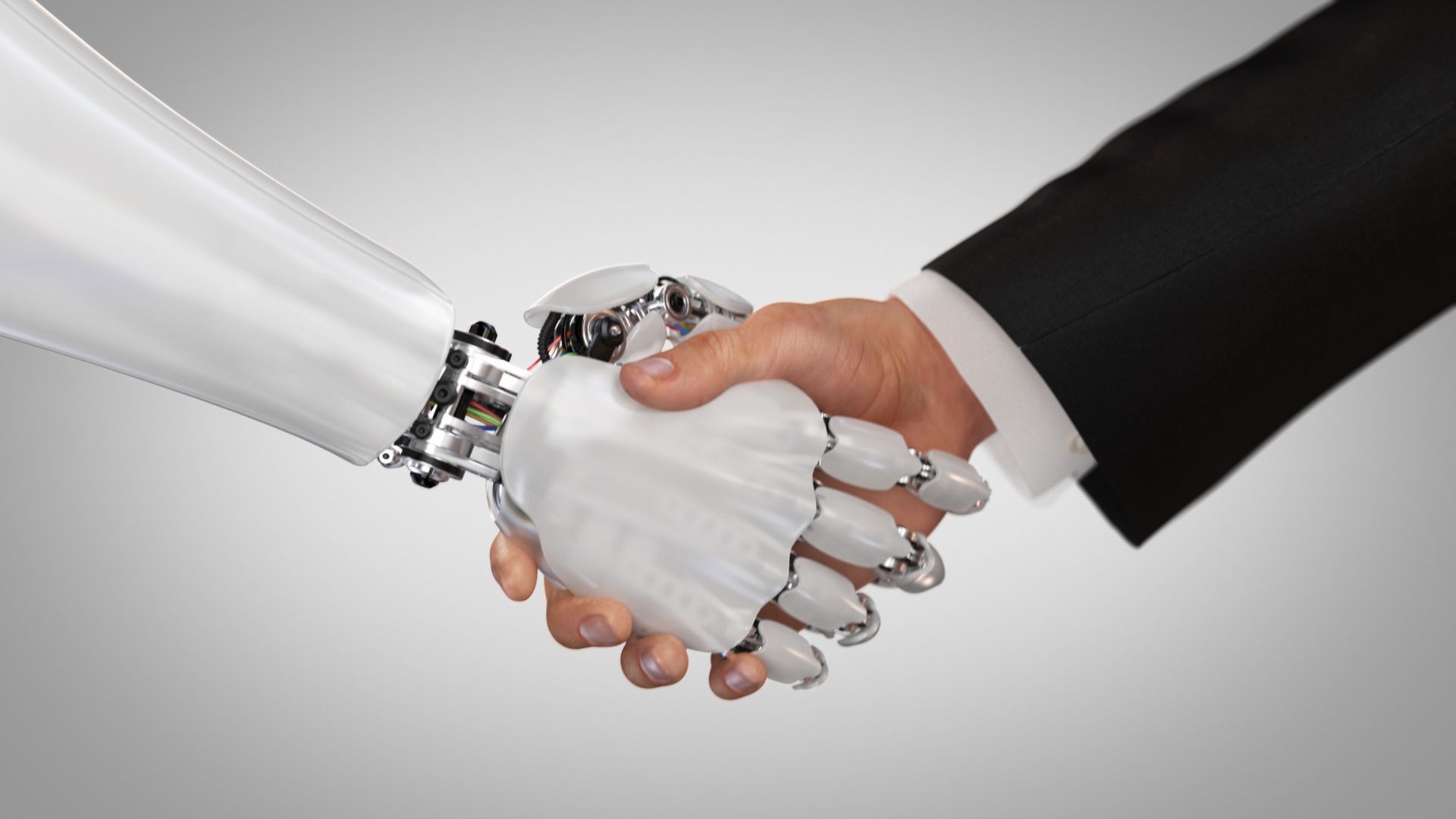Job Security Takes Centre Stage: How Redundancy Fears Are Shaping Australia’s Workforce in 2025

As Australia continues to navigate economic uncertainty, a new wave of workplace anxiety has taken hold—particularly when it comes to job security. According to recent findings, 68% of Australian employees are now worried about potential redundancies in their workplace. This concern is most pronounced among tech professionals, especially in New South Wales and Western Australia, where workforce changes and restructuring have hit hardest.
What’s most telling about this shift is how it’s changing employee priorities. Where salary once reigned supreme, workers are now placing greater value on stability and long-term career growth. A steady job with dependable prospects often outweighs a higher paycheck, particularly when fears of sudden layoffs loom in the background.
This evolution in mindset is a reflection of broader economic and workforce trends. As companies reassess their operational costs, streamline teams, or adopt new technologies, employees are re-evaluating what matters most. In many cases, candidates are actively seeking out roles with organisations known for transparent communication, supportive leadership, and clear growth pathways—even if the salary isn't at the top end.
The challenge for employers, then, is not just to retain talent—but to reassure and rebuild trust. In a climate where confidence is shaky, authenticity and consistency matter more than ever. At the same time, HR leaders and hiring managers need to reframe conversations around redundancy, internal mobility, and job security in ways that support both business resilience and workforce wellbeing.
"many Australian workers are feeling anxious about job security in 2025,”
During a recent people2people market update, Western Sydney Branch Manager Mark Green tackled the issue head-on, sharing insights on how shifting priorities are playing out in the employment market.
“A recent report revealed that many Australian workers are feeling anxious about job security in 2025,” Green said. “With 68% of employees worried about potential redundancies in their workplace, more people are now prioritising job stability over higher pay.”
This data speaks to a deeper shift in how workers are approaching their careers. Rather than chasing the next big salary, many are opting for roles that offer security, even if it means compromising slightly on pay.
“This concern is especially high amongst tech workers within states such as New South Wales and Western Australia,” Green added, noting the industries and regions where the fears are most pronounced.
The change in mindset represents a critical inflection point for employers, particularly those undergoing change or facing financial pressures. In such an environment, employees are placing more weight on the long-term viability of their roles—and whether the company they work for is taking steps to protect them.
“This growing focus on job security shows how much the job market has shifted,” Green observed. “Where salary used to be a top priority, now we see many workers thinking long term, looking for roles that feel stable—even if they don’t offer the highest paycheck.”
These insights reveal the new rules of engagement in the employment market. Employers can no longer rely on attractive compensation packages alone. Instead, they must build cultures where transparency, stability, and purpose are visible and tangible.
“It’s a sign that confidence in the market is shaky and people are being more cautious about their careers,” said Green. “Looking ahead, this shift could shape how both employees and employers approach work—with stability and career growth making sense of stage.”
Green’s perspective highlights the urgent need for businesses to re-centre conversations on workforce stability. Whether through clear career paths, honest conversations around business health, or proactive communication about any planned changes, the companies that prioritise trust will be better positioned to attract and retain top talent in a risk-averse market.
Supporting Employees Through Uncertainty: Tips for Leaders Navigating Redundancy Risks
While the topic of redundancy is never easy, how it’s handled can make a significant difference to employee trust, morale, and long-term organisational culture. Here are some practical tips for leaders looking to support their workforce through uncertainty while also safeguarding their brand and business:
Be Transparent Early: If redundancy conversations are on the horizon, communicate with honesty and empathy. Employees appreciate clarity, even when the news isn’t ideal. Avoid vague language and be specific about timelines, impacts, and the reasons behind the decision.
Treat Departing Employees with Respect: Redundancies, when necessary, should be carried out with dignity. Offer outplacement services, mental health support, and personalised career transition assistance to help those impacted navigate their next steps.
Support Remaining Staff: Those who stay often carry emotional weight too. Survivor’s guilt, increased workloads, and anxiety about future cuts can affect engagement. Leaders should check in regularly, address concerns, and reiterate the company’s long-term plans.
Rebuild Trust Through Action: Don’t stop at communication—back up your words with consistent leadership behaviour. Demonstrate a people-first mindset by investing in employee development, team wellbeing initiatives, and long-term growth strategies.
Strengthen Internal Mobility: Help employees visualise their future with your company. Where possible, re-deploy rather than make redundant. Offer retraining opportunities and encourage internal job movement to preserve talent and minimise disruptions.
Foster Psychological Safety: Employees need to feel safe voicing concerns and asking questions without fear. Build a culture where honesty is encouraged, and feedback loops are open and respected.
Plan, Don’t Panic: Redundancies should never be reactive. Make workforce planning a regular part of business strategy and involve HR early to identify alternatives and manage transitions smoothly.
Lead with Empathy: The emotional impact of redundancy is real. Lead with compassion, acknowledge what people are experiencing, and avoid generic responses. Make every interaction human-centred.
Ultimately, organisations that handle uncertainty with empathy and clarity will emerge stronger—not only in how they retain talent, but also in how they are perceived as employers of choice. The way a company handles its people during tough times often defines its reputation for years to come.
Find the job you love I Find the right talent
Get in touch with people2people
Australia
I
United Kingdom
In business since 2002 in Australia, NZ, and the United Kingdom, people2people is an award-winning recruitment agency with people at our heart. With over 12 offices, we specialise in accounting and finance, business support, education, executive, government, HR, legal, marketing and digital, property, sales, supply chain, and technology sectors. As the proud recipients of the 2024 Outstanding Large Agency and Excellence in Candidate Care Awards, we are dedicated to helping businesses achieve success through a people-first approach.
Recent articles





Latest Media Features
List of Services
-
Burnout Crisis: 2 in 5 workers already burnt outBurnout Crisis: 2 in 5 workers already burnt out
Ultra 106five
March 28, 2025 -
Friendship in the workplace: Do employees want to be friends?Friendship in the workplace: Do employees want to be friends?
Human Resources Online
March 28, 2025 -
Dry promotions': Australian employees given new titles with no pay hikeDry promotions': Australian employees given new titles with no pay hike
Human Resources Director
Janurary 10, 2025
List of Services
-
Burnout Crisis: 2 in 5 workers already burnt outBurnout Crisis: 2 in 5 workers already burnt out
-
Friendship in the workplace: Do employees want to be friends?Friendship in the workplace: Do employees want to be friends?
-
Dry promotions': Australian employees given new titles with no pay hikeDry promotions': Australian employees given new titles with no pay hike
Get in touch
Find out more by contacting one of our specialisat recruitment consultants across Australia, New Zealand, and the United Kingdom.
Copyright © 2025, people2people
people2people acknowledges the Traditional Custodians of country, pays respect to their Elders past and present, and extends that respect to all Aboriginal, Torres Strait Islander and Māori peoples today.
people2people partners with CarbonInvoice to measure and mitigate any carbon emissions associated with the work we do.
Specialisations
Locations
Resources

